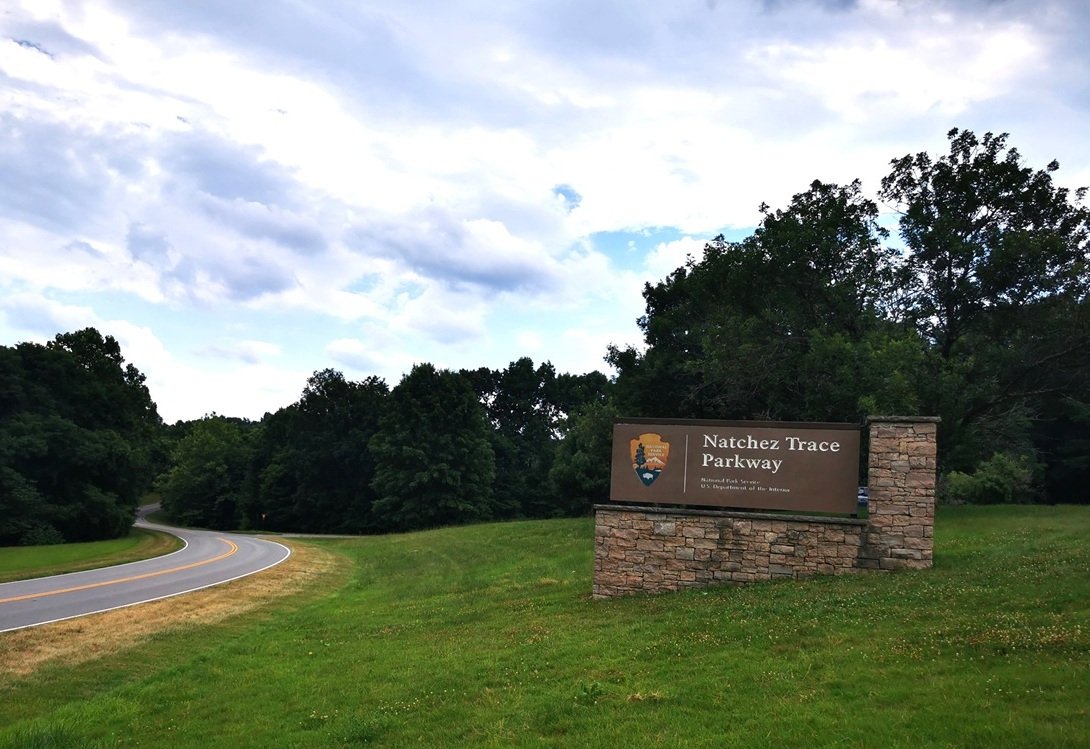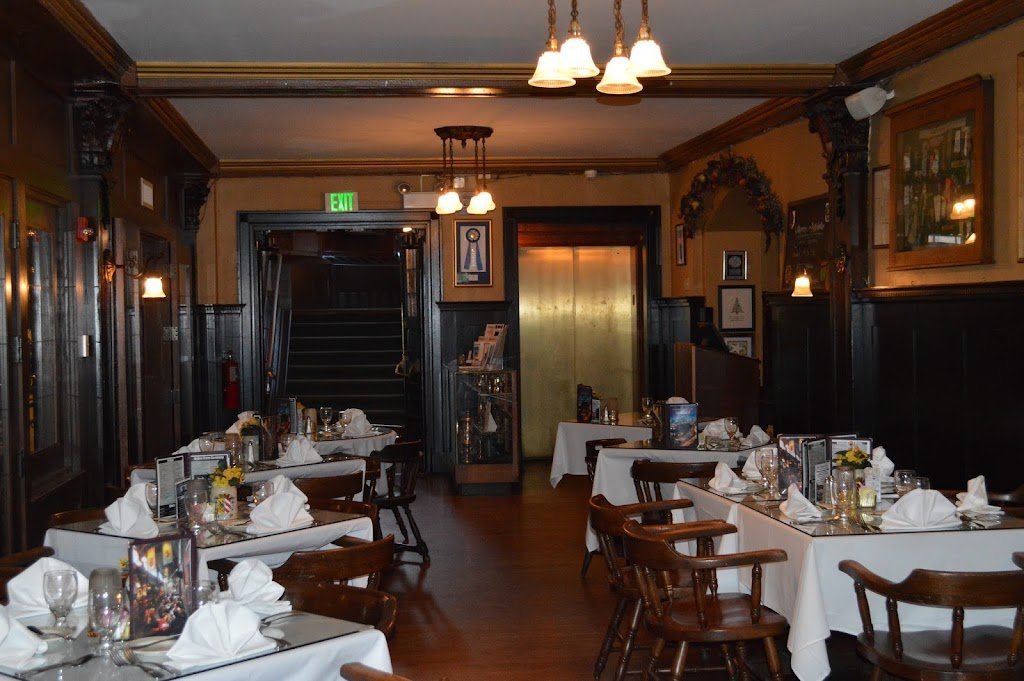Often, we’re in such a hurry to reach our vacation destination that the journey there is simply one more thing to get through. And while that can certainly be true for some trips – I’m looking at you, hours spent in an airport – sometimes, the route between two points can be fascinating in its own right.
Take, for example, the Natchez Trace Parkway, a 444-mile road that passes through Tennessee, a smidgen of Alabama, and the length of Mississippi. Rich in history, the parkway guarantees a much more interesting range of scenery than you could have with endless hours on the interstate. Depending on the day, you may drive for several hours without seeing another vehicle, but there are historical markers galore.
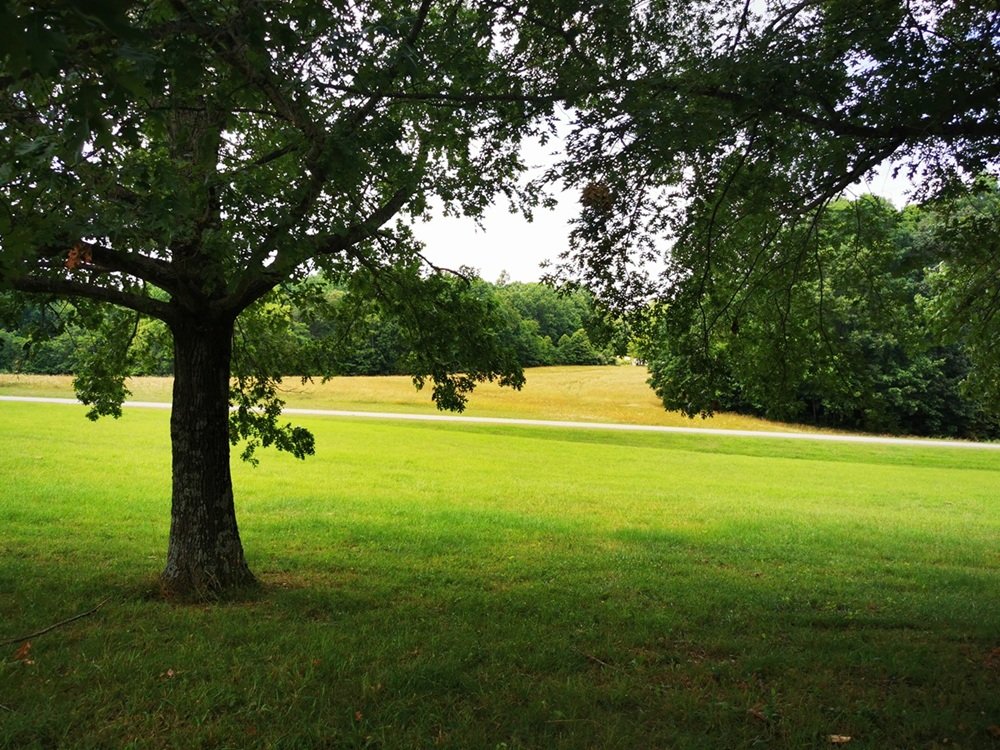
About the Natchez Trace Parkway
The Natchez Trace Parkway follows the “Old Natchez Trace”. This route was used across the centuries by local indigenous peoples, early white settlers, traders, soldiers, and more. It’s seen a lot. Historians have found evidence that people were using this trail some 10,000 years ago. Technically, the trace was not the one roadway that we follow now. Instead, it was a network of trails through the region. More than 350 archaeological sites lie along the Parkway, along with numerous other houses, historical monuments, graves, and so on.
The Parkway as we now know it was completed in 2005. Prior to that, it had been designated a scenic trail in 1983. It is a part of the National Park System.
My Drive Along the Natchez Trace Parkway
I took to the Parkway one sunny Sunday afternoon last June. I was on my way to New Orleans where an Airbnb and a few days of writing awaited. The trip was bittersweet. Originally, I had planned it as a road trip with my niece from England. When she had to cancel at the last minute, I decided to still go but to use the time as a mini retreat instead.
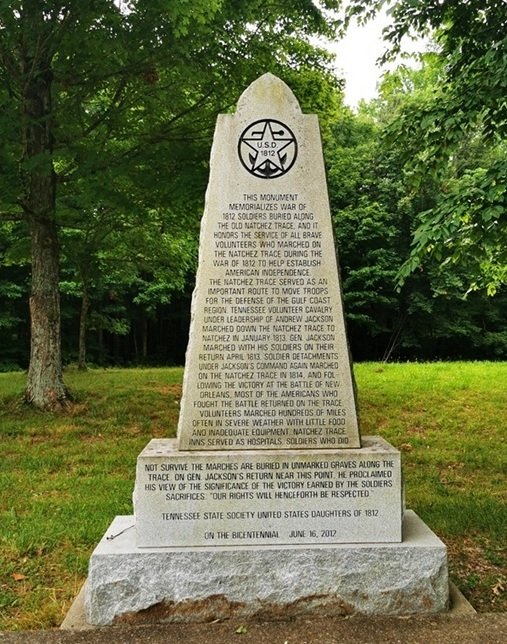
I left Lexington early Sunday morning and made my way down past Bowling Green into Tennessee. Later the same morning, I hopped off I-40, just south of Nashville, and made my way to the northern terminus of the Parkway. The huge change in environment was instant. A car and a couple of motorbikes passed me in the first mile or so. Other than that and a quick stop for gas at Leiper’s Fork, I barely saw a soul for the rest of the day. I hadn’t been on the road long before I started seeing signs for various monuments and points of interest. With no need to check into New Orleans until the next day, I had plenty of time and could stop when I wanted to do, so I stopped at just about every sign I saw until I reached Tupelo, where I stopped for the night.
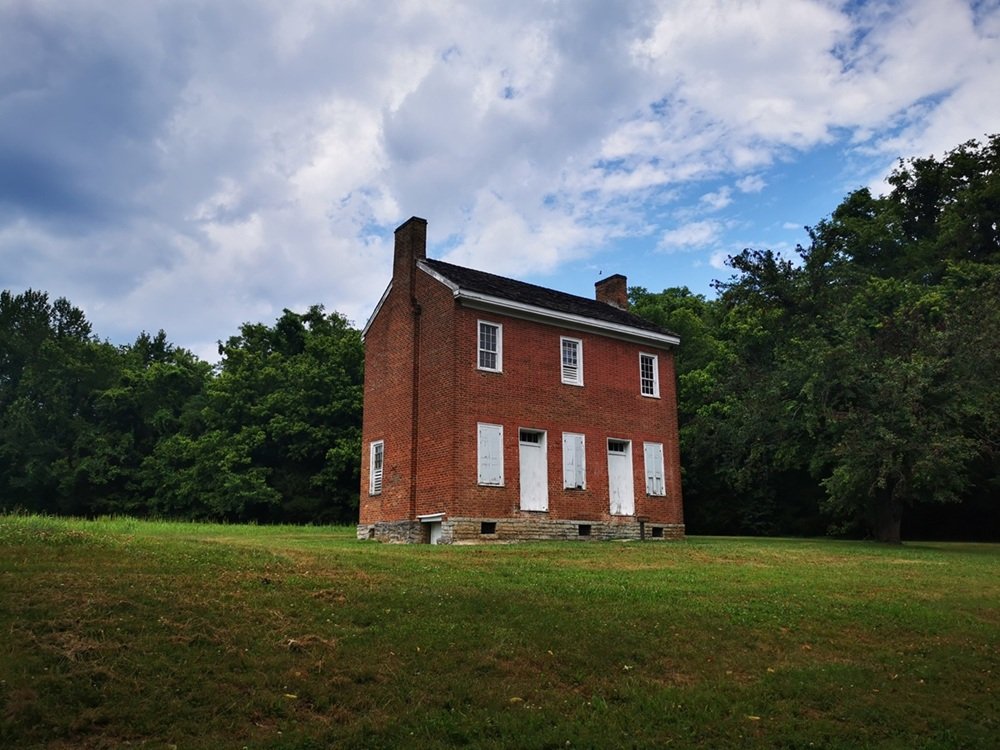
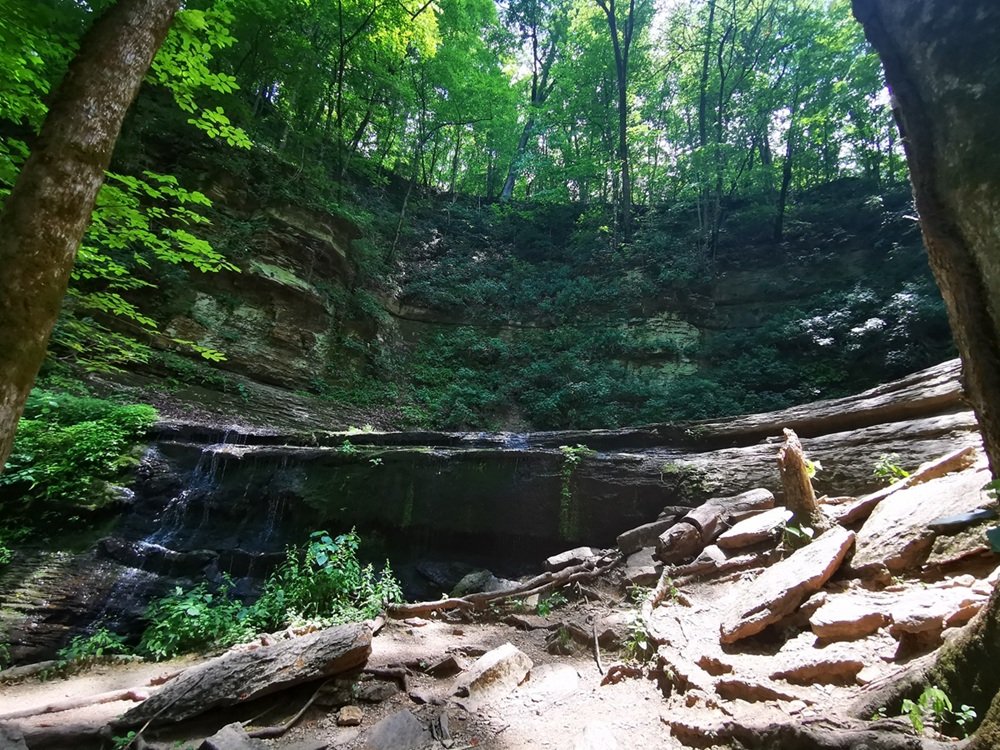
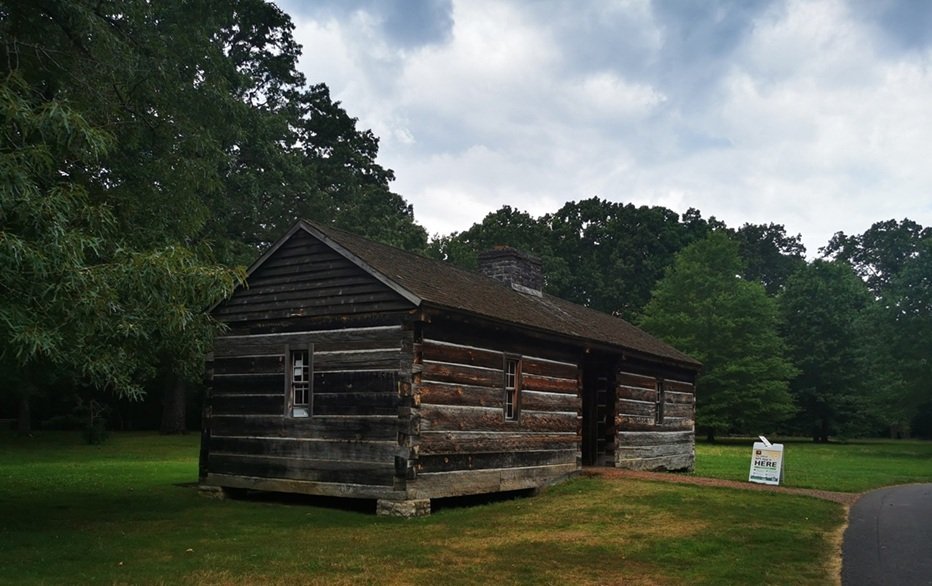
The Parkway cuts across the top corner of Alabama and if you’re interested in visiting Muscle Shoals, it’s an easy detour from the Parkway after crossing the Tennessee River. Sadly, I did not stop to get any pictures of the Tennessee but crossing any major waterway is always a thrill for me and this was no exception.
Tupelo, Mississippi
On past some ancient earth mounds and a collection of gravestone markers for Confederate soldiers, I pulled into Tupelo late Sunday afternoon, just in time to visit the Elvis Presley Birthplace.
Now, I am aware that what I am about to say will be considered blasphemy to some, but bear in mind that I was born in the 70s and so never really developed any great passion for Elvis. I like some of his songs, some of his movies even, but I am not a superfan by any means. I visited Graceland my first summer in the US and enjoyed it as a cultural spectacle and so it seemed only natural to visit his birthplace while I was passing through.
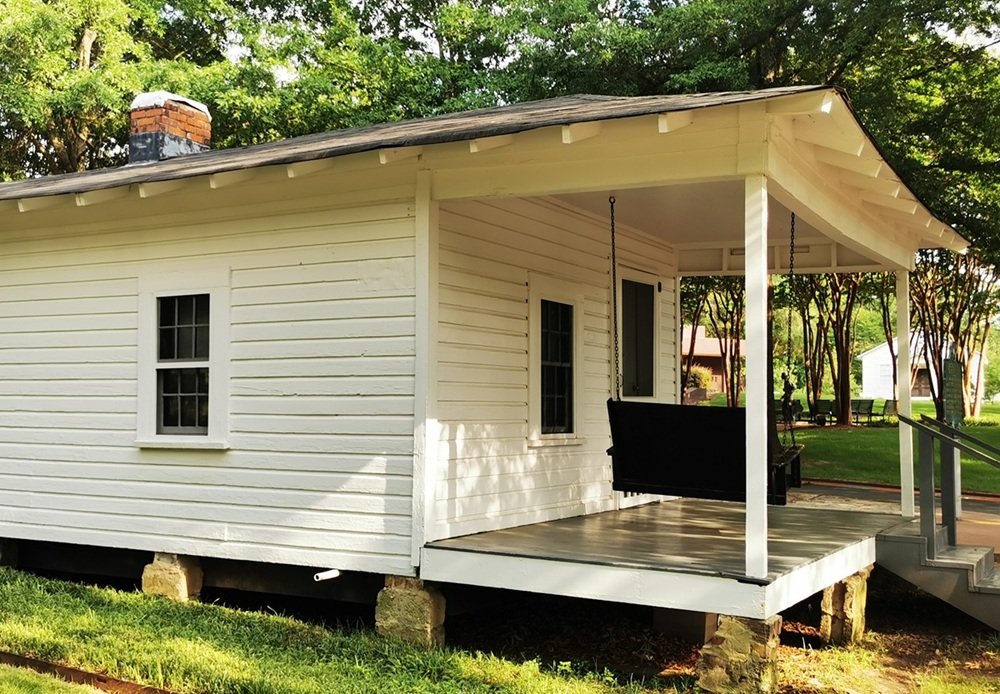
The museum was getting ready to close so I walked around the grounds for a while. The two-room house where he was born is here, as is a statue of a young Elvis and various signage about his childhood. He lived in Tupelo until he was 12 or 13, when the family moved to Memphis. Before the move to Memphis, his father Vernon bounced around jobs and spent some time in jail for check forgery. One of the things that struck me as rather odd was a sign reminding visitors that Elvis spent 12 years of his life here and encouraging us to ask ourselves what we have achieved in 12 years. Perhaps I was just tired from the drive, or I just was not the target audience for this particular attraction. My favorite part was actually the gardens and fountains behind the main museum.
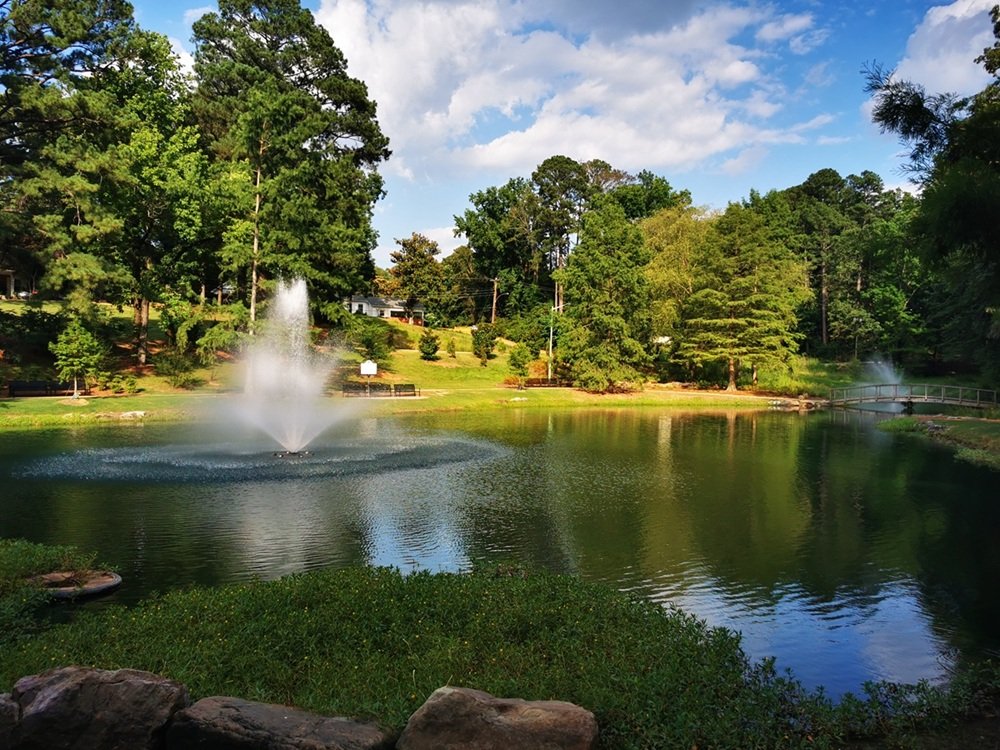
Back On The Trail
After a night at a rather crummy hotel with a non-working shower, I was keen to get on the road and make my way to New Orleans. At first my plan was to drive all the way to Natchez and then make my way to the Big Easy. However, my car had other plans, but we’ll get to that later.
My first stop of the day was the Black Belt Overlook, a fertile area which was once covered by ocean “ages ago” according to the marker. I suspect that was actually several millennia ago. Next up was Witch Dance. How could I not stop at somewhere called Witch Dance? So named because it was claimed they would gather here to dance and work their magic, causing the grass to die.
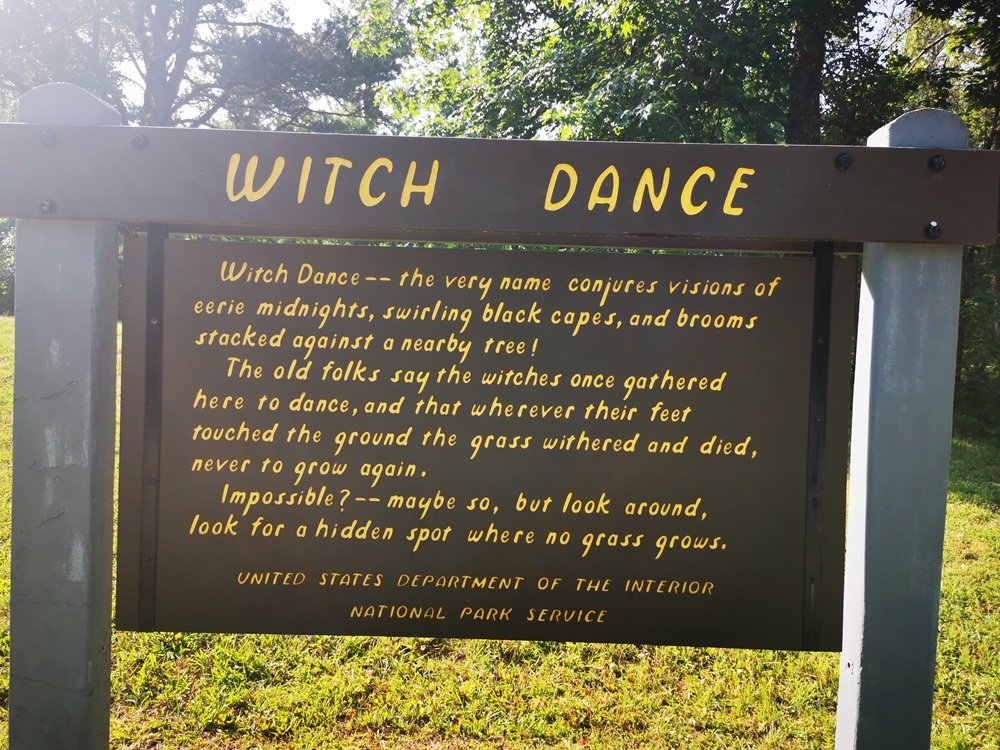
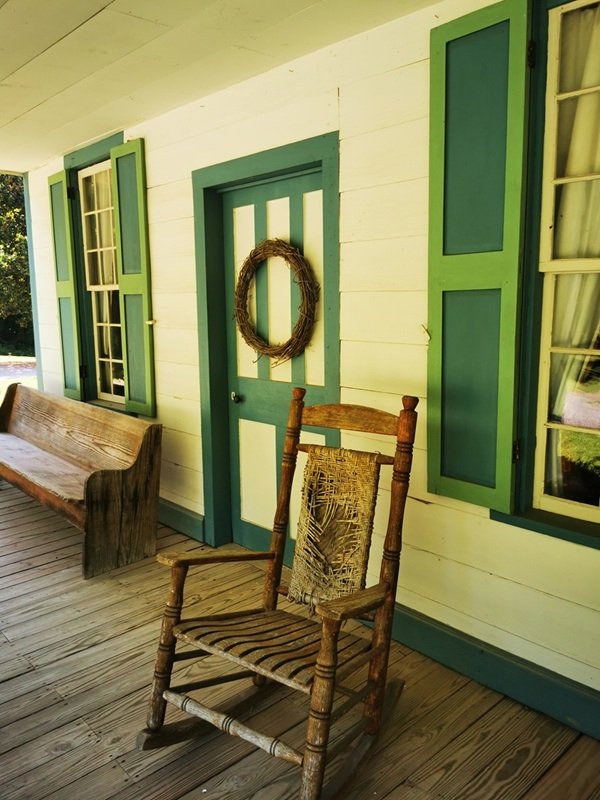
I passed more traffic this morning, especially locals heading to and from Tupelo and the nearby towns on their way to work.
Further down the road, I reached French Camp Historic Village. The fabulously named Louis LeFleur settled here in 1812 opening a small stand (a basic type of inn and shelter) for travelers along the Natchez Trace. A small village grew up with shops and a blacksmith. Apparently French Camp is still home to about 150 people but the historic buildings have been turned into a living history museum. It’s a charming spot to wander.
On through Cypress Swamp and I was definitely getting the feeling now that I was deeper in Mississippi and on my way to the south. And then I hit Florida!
Don’t worry, I hadn’t taken one heck of a huge wrong turn. I had reached the West Florida Boundary. Not to be confused with the modern-day western Florida, this region was once a British colony, from 1763 to 1783 when it was handed over to the Spanish.
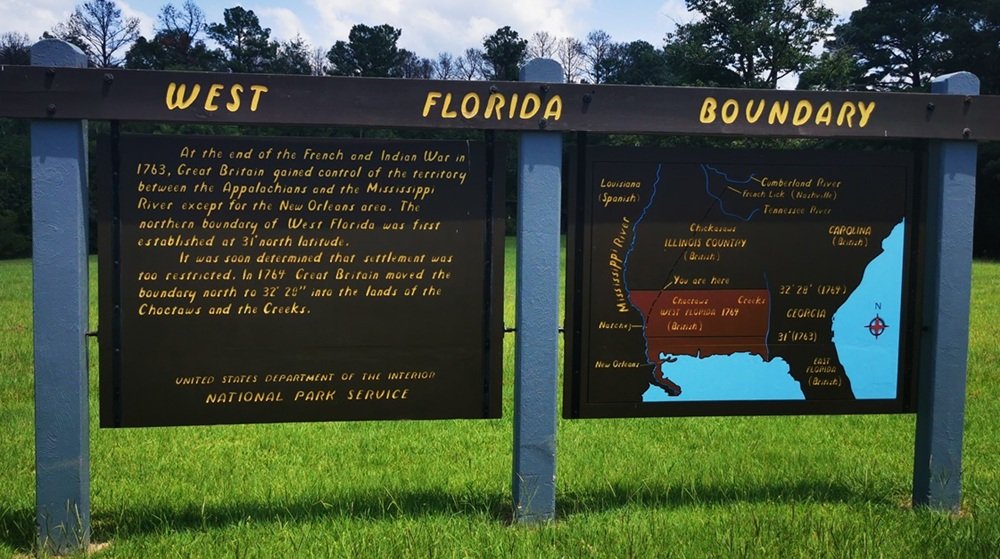
Despite my historical and geographic confusion, I continued on the Parkway along the Ross Barnett Reservoir. The lake covers 33,000 acres and the road runs right along its bank offering spectacular views. (Remember what I said earlier about how much I enjoy waterways.)
It was as I enjoyed the views that my car started to make a worrying noise. One of the wheel wells started making a loud grinding sound. I pulled off into Jackson to get gas and to check for problems. I couldn’t see anything getting ready to fall off but the noise was concerning.
So it was in Jackson, that I decided the rest of the Natchez Trace Parkway would have to wait until another day. From there, I made my way into New Orleans where I knew I had somewhere to stay for several nights even if my car broke down.
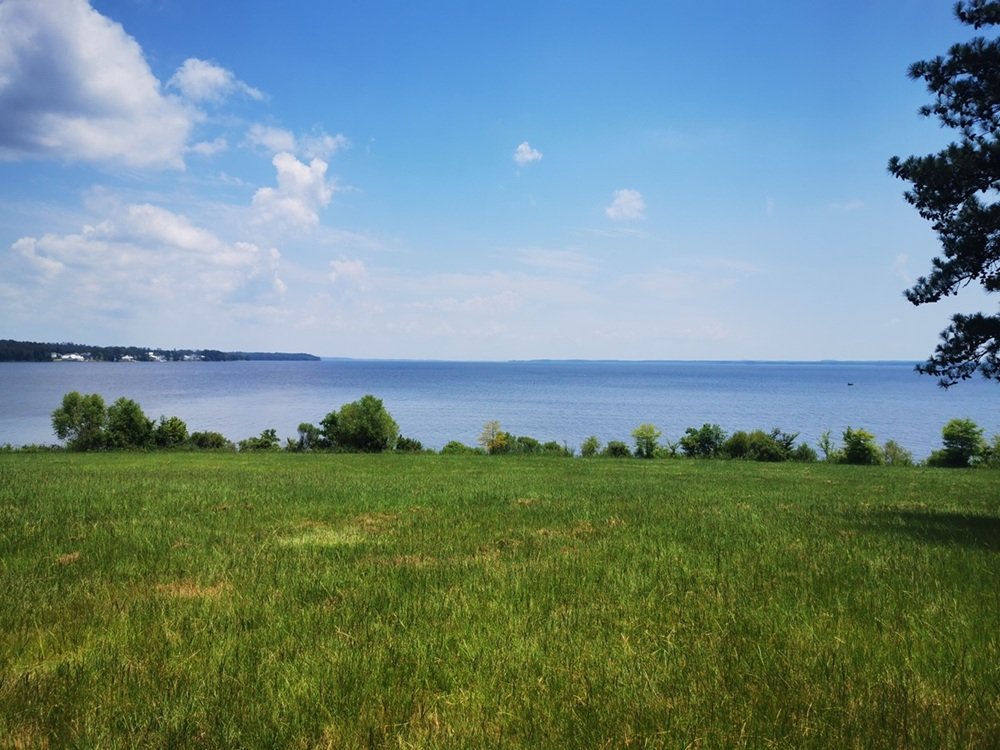
I may not have driven the entire length of the Parkway on this trip, but this was a wonderful way to spend a couple of days, and much more preferable to hours on an interstate seeing the same billboards over and over. The noise with my car turned out to be a large stick that had become lodged in the wheel well, and the drive from Jackson to New Orleans offered some stunning glimpses of the bayou. I could have taken the Interstate and arrived a day earlier but I probably would have been grouchy and tired, not to mention stiff. This allowed me to enjoy the journey and to see some beautiful parts of the southern states.
So next time you’re planning to drive somewhere, maybe it’s worth extending the journey and seeing a few things along the way.
